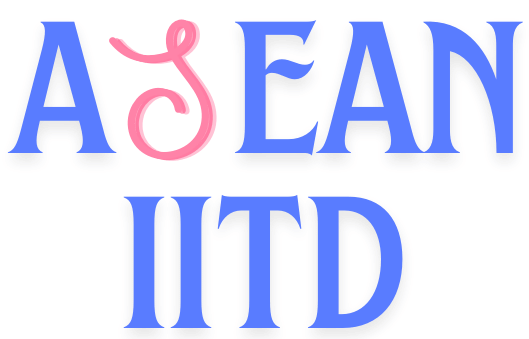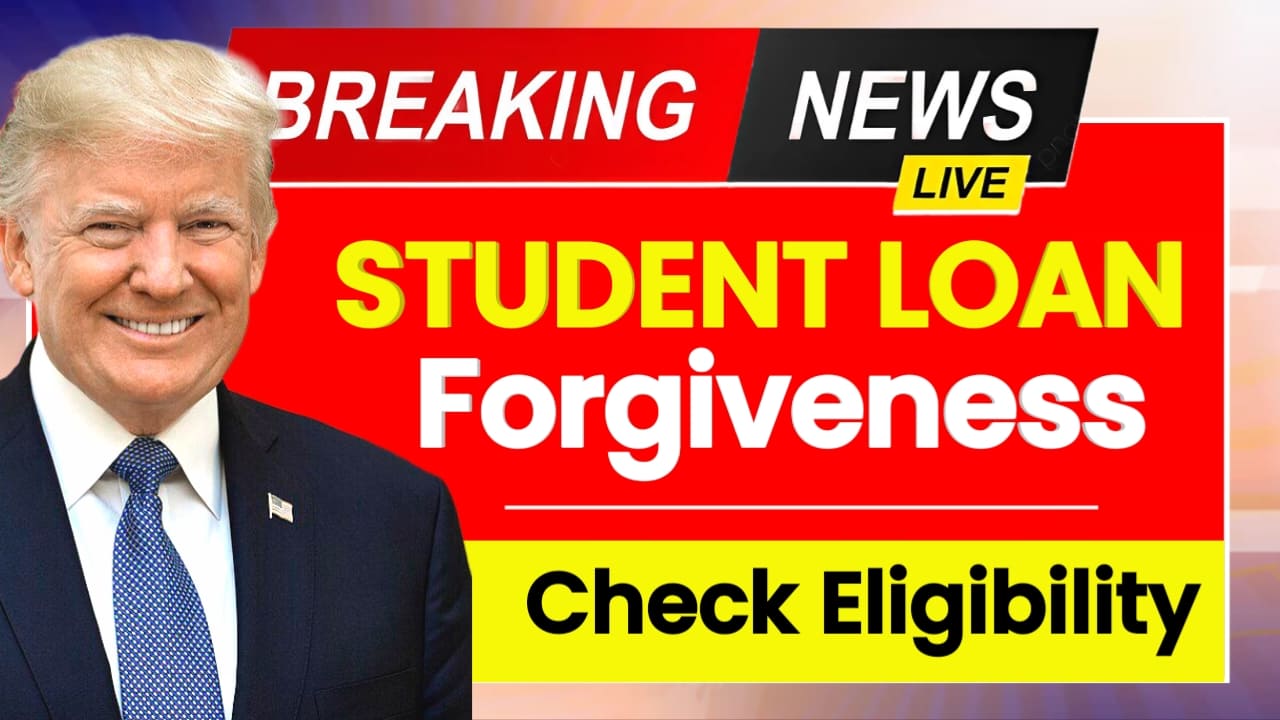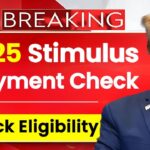Student loan forgiveness continues to be a highly discussed topic in 2025, with millions of borrowers seeking relief from their educational debt. This year, several programs have been updated or expanded to help eligible borrowers reduce or eliminate their student loans. If you’re wondering whether you qualify for student loan forgiveness and how to apply, this article will walk you through the details.
What Is Student Loan Forgiveness?
Student loan forgiveness is a program that cancels a portion or the entirety of a borrower’s student loan debt under specific conditions. These programs are typically designed to assist individuals who have contributed to public service, experienced financial hardship, or met other qualifying criteria.
Who Is Eligible for Student Loan Forgiveness in 2025?
Eligibility for student loan forgiveness depends on the specific program. Below are the most common programs and their requirements:
Public Service Loan Forgiveness (PSLF)
Eligibility Requirements:
- Must work full-time for a government organization, nonprofit organization, or other qualifying employer.
- Must have made 120 qualifying monthly payments under an income-driven repayment (IDR) plan.
- Loans must be federal Direct Loans or consolidated into a Direct Loan.
Key Updates in 2025:
A temporary waiver introduced in previous years has been extended, allowing more payment types to qualify.
Teacher Loan Forgiveness
Eligibility Requirements:
- Must teach full-time for five consecutive years in a low-income school or educational service agency.
- Can qualify for up to $17,500 in forgiveness depending on the subject taught (e.g., math, science, special education).
Income-Driven Repayment (IDR) Forgiveness
Eligibility Requirements:
- Must be enrolled in an IDR plan, such as PAYE, REPAYE, IBR, or ICR.
- Remaining loan balances are forgiven after 20 or 25 years of qualifying payments, depending on the plan.
Key Updates in 2025:
Changes have been made to reduce the percentage of income required for payments, making it easier for borrowers to qualify.
Borrower Defense to Repayment
Eligibility Requirements:
- Can apply if misled by a college or university about the quality of education, accreditation, or job prospects.
- Forgiveness applies to federal student loans only.
Key Updates in 2025:
Faster processing times and expanded eligibility criteria for defrauded students.
Total and Permanent Disability (TPD) Discharge
Eligibility Requirements:
- Borrowers with a total and permanent disability can have their federal student loans forgiven.
- Verification can be provided through a physician, the Social Security Administration (SSA), or the Department of Veterans Affairs (VA).
How to Apply for Student Loan Forgiveness in 2025
The application process varies depending on the program. Below are step-by-step instructions for some of the most common programs:
Public Service Loan Forgiveness (PSLF)
- Check Employer Eligibility: Use the PSLF Help Tool on the Federal Student Aid website to confirm your employer qualifies.
- Submit Employment Certification: Annually submit your PSLF Employment Certification Form to track your qualifying payments.
- Apply for Forgiveness: Once you’ve made 120 qualifying payments, submit the PSLF application.
Teacher Loan Forgiveness
- Verify Eligibility: Confirm that your school is on the Teacher Cancellation Low-Income Directory.
- Submit the Application: Complete the Teacher Loan Forgiveness Application and have it certified by your school’s administrator.
- Send to Loan Servicer: Submit the application to your federal loan servicer.
Income-Driven Repayment (IDR) Forgiveness
- Enroll in an IDR Plan: If you aren’t already enrolled, choose an IDR plan through the Federal Student Aid website.
- Track Payments: Regularly verify your payment history to ensure it aligns with the forgiveness timeline.
- Apply After Timeframe: After 20-25 years of payments, contact your loan servicer to initiate the forgiveness process.
Borrower Defense to Repayment
- Gather Documentation: Collect evidence of the school’s misconduct, such as advertisements or communication that misled you.
- Submit an Application: File your claim through the Federal Student Aid website.
- Await Decision: Once submitted, wait for a decision and provide additional information if requested.
Total and Permanent Disability (TPD) Discharge
- Submit Documentation: Provide proof of your disability through an approved source (physician, SSA, or VA).
- Apply Online: Use the TPD Discharge application available on the Federal Student Aid website.
- Loan Discharge: Upon approval, your federal loans will be forgiven.
Tips for a Smooth Application Process
- Keep Records: Save all correspondence, applications, and proof of eligibility.
- Stay Updated: Monitor changes to forgiveness programs, as policies may evolve throughout 2025.
- Contact Your Loan Servicer: Regularly communicate with your loan servicer to confirm you’re on track for forgiveness.
- Beware of Scams: Only use official government websites and resources to apply for forgiveness.
Conclusion
Student loan forgiveness programs in 2025 provide a valuable opportunity for borrowers to reduce or eliminate their debt. By understanding the eligibility criteria and application process, you can take advantage of these programs and work towards financial freedom. If you’re unsure which program is right for you, consider consulting with a student loan counselor or visiting the Federal Student Aid website for guidance.
Take action today to explore your options and begin the journey toward loan forgiveness!





